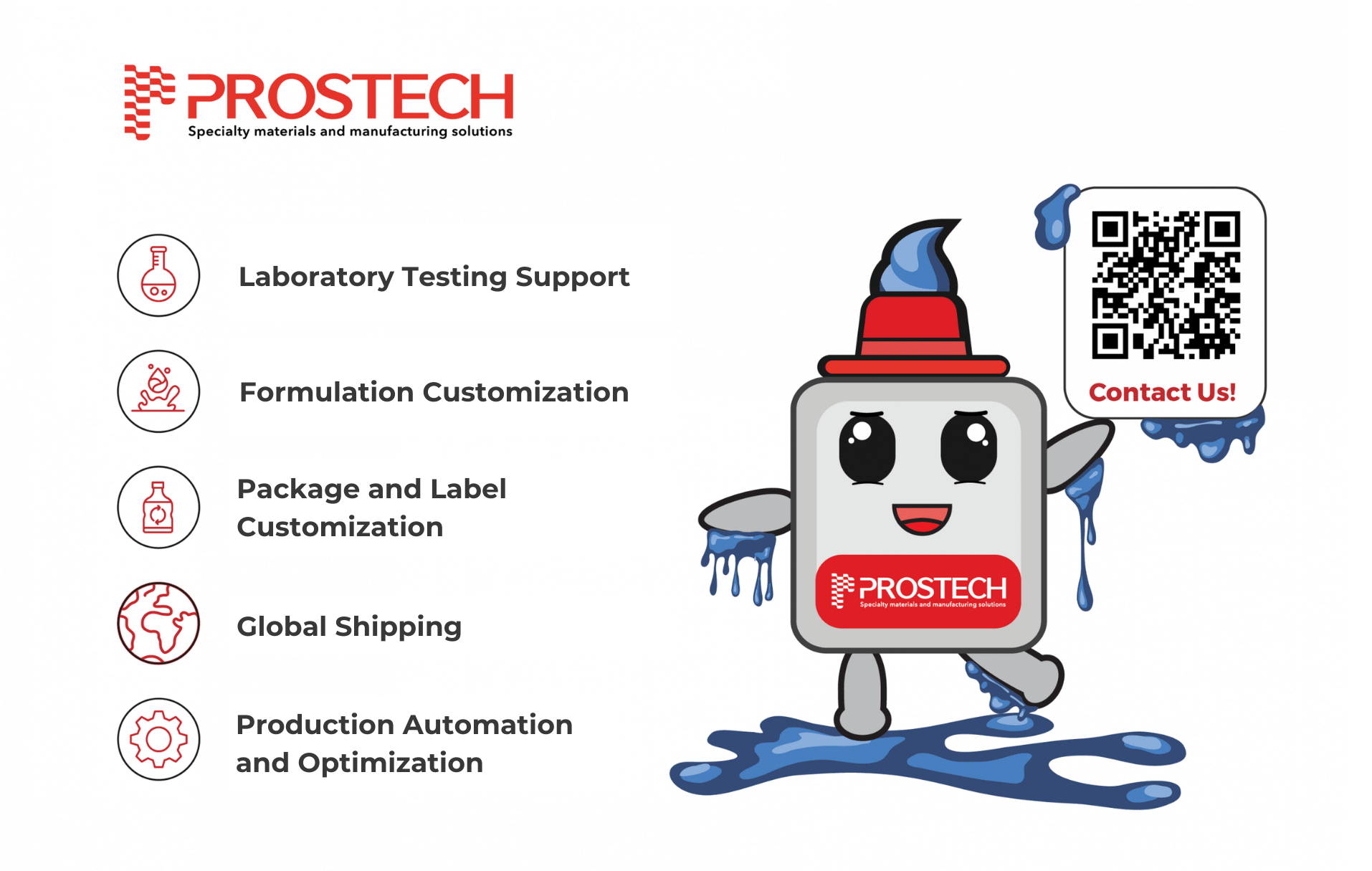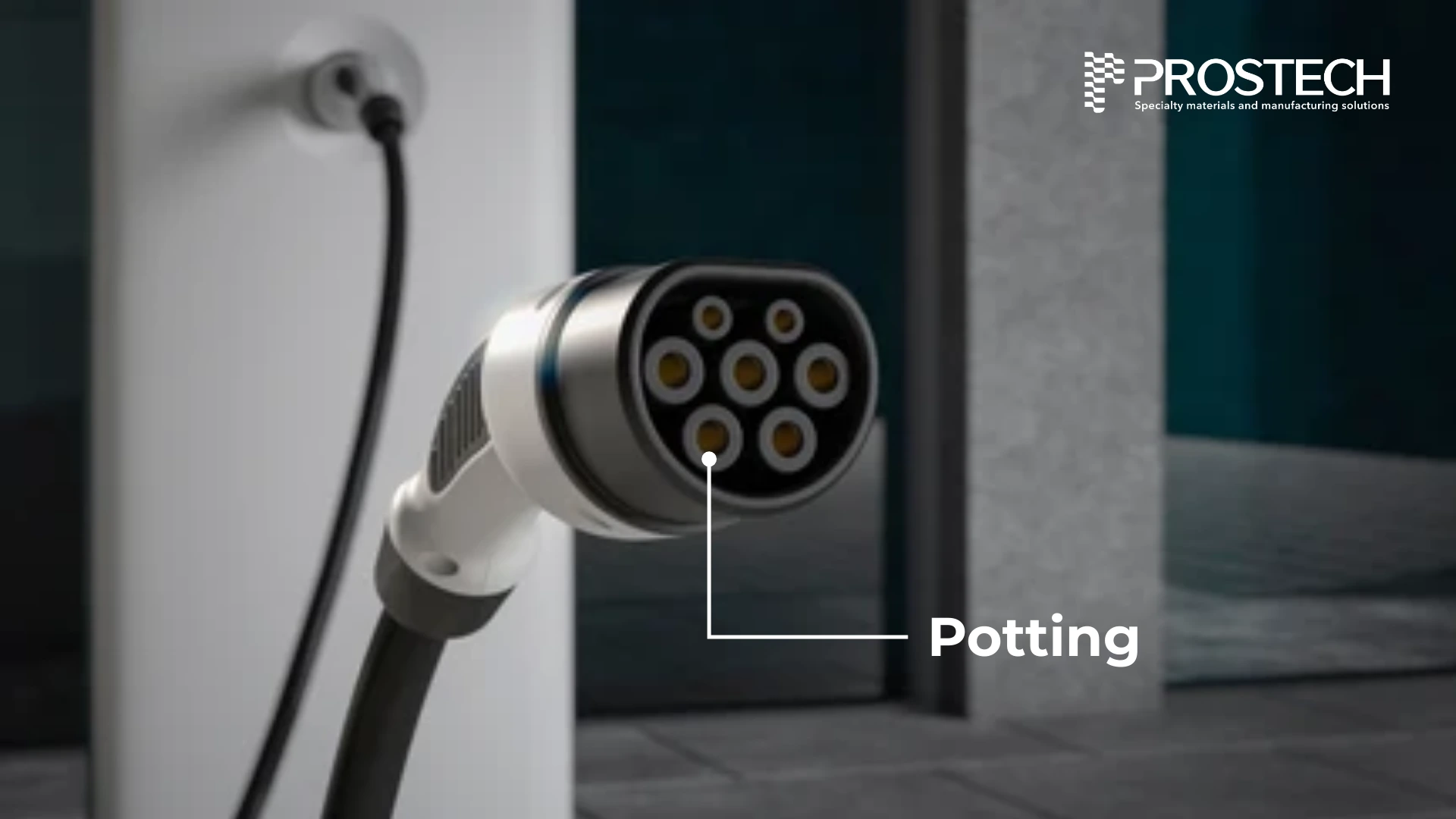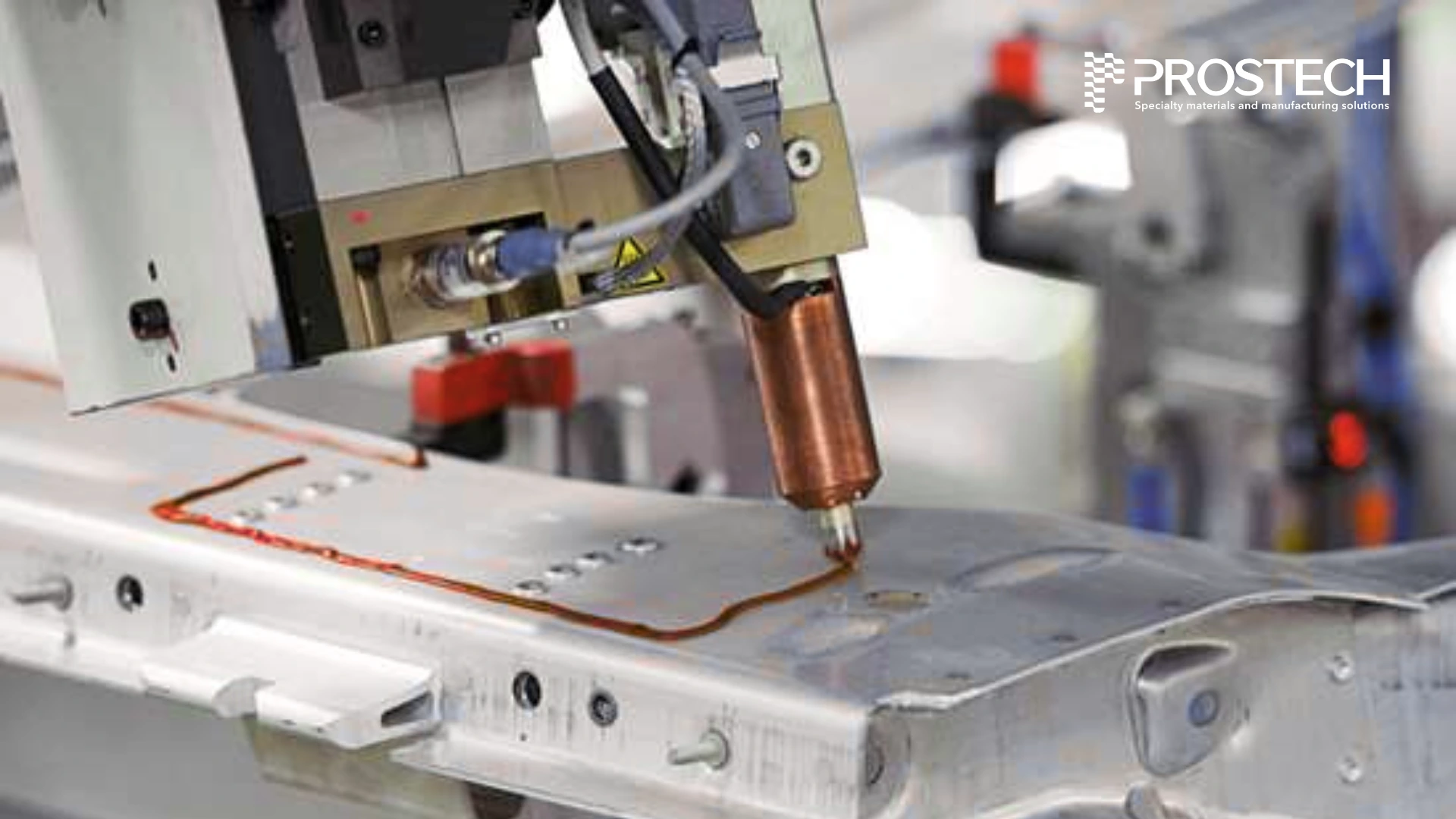Cyanoacrylate adhesives—commonly known as super glue—are prized for their fast bonding speed and strong adhesion on a wide range of substrates, including metal, plastic, rubber, and skin. But while their quick-setting nature is ideal for assembly and repairs, it also makes cleanup and removal challenging when misapplied. Whether you’re dealing with excess glue on a component or an accidental spill, this guide will walk you through the safest and most effective ways to remove cyanoacrylate adhesive.
You may also interested in: The 9 Myths about Cyanoacrylate Adhesives
Why It Is Tough to Remove Cyanoacrylate Adhesive
Cyanoacrylate adhesives are hard to remove because they cure instantly upon contact with moisture, forming rigid polymer chains that bond tightly to surfaces. This rapid reaction creates both chemical and mechanical adhesion, especially on materials like metal, glass, and skin. Once cured, the adhesive becomes a hard thermoplastic that resists peeling, scraping, and most common solvents. Its strong polar bonds and resistance to water and alcohol mean that only aggressive solvents like acetone or specialized debonders are effective. These properties make cyanoacrylate ideal for high-performance bonding—but a challenge to clean up when misapplied.
1. Mechanical Removal (When Safe for the Substrate)
Once cured, cyanoacrylate forms a hard, brittle thermoplastic that adheres strongly to surfaces. On durable, non-porous materials, physical removal methods—such as scraping or sanding—can effectively fracture and lift the adhesive without the need for chemical solvents. This approach is best suited for chemically resistant substrates like metal, glass, and certain engineering plastics (e.g., ABS, polycarbonate).
Scraping to remove cyanoacrylate adhesive:
Scraping is a common method when dealing with thick or globbed adhesive layers. A plastic putty knife, old credit card, or a precision razor blade with a handle can be used at a shallow 15–30° angle. Applying consistent, gentle pressure allows you to lift the cured adhesive without damaging the underlying surface. Metal blades should be avoided on painted or coated surfaces unless the finish is confirmed to be abrasion-resistant.
Sanding to remove cyanoacrylate adhesive:
If scraping alone doesn’t fully remove cyanoacrylate adhesive or leaves behind residue, sanding is a useful follow-up. Fine-grit sandpaper (typically 400–600 grit) or micro-abrasive pads can be applied in circular motions with light, even pressure. Wet sanding is recommended, as it offers greater control and helps minimize surface scratching. After sanding, wipe the surface with a microfiber cloth and a suitable solvent such as isopropyl alcohol or acetone to clear away dust and any remaining adhesive particles. For small or detailed areas, a precision rotary tool with a polishing head may be used to improve accuracy and efficiency.
To protect adjacent surfaces during the process, it’s a good idea to mask off surrounding areas with painter’s tape. This ensures that the abrasion is limited to the target area, reducing the risk of accidental damage.
If you are looking for high-performance abrasive tools or micro-abrasive pads for safe and effective adhesive removal, explore our full range of abrasive solutions here or contact our team for personalized recommendations.
2. Solvent-Based Removal
Cyanoacrylate adhesives polymerize in the presence of moisture, forming long ethyl-cyanoacrylate chains. Acetone disrupts these polymers by acting as a polar aprotic solvent, which penetrates and weakens the intermolecular bonds, softening the cured adhesive into a brittle or gummy texture.
Acetone is highly effective at breaking down cyanoacrylate bonds and is readily available in many household and industrial products, including nail polish remover. Acetone reduces the molecular weight of the polymer and causes swelling. Once the glue is soft, it can be peeled or wiped off.


To use, simply apply acetone with a cotton swab or soft cloth to the affected area and let it sit for a few minutes. As the adhesive softens, gently rub or peel it away. Repeat the process as needed until the surface is clean, then wipe the area with water or isopropyl alcohol to remove any residue.
While acetone is effective, it must be used with caution. It can damage certain materials, especially soft plastics, painted surfaces, and coated finishes. For this reason, it’s essential to test acetone on a small, inconspicuous area before applying it to the entire surface. If the substrate is sensitive or high-value, consider using a commercial debonder formulated specifically for cyanoacrylate adhesives.
3. Commercial Cyanoacrylate Debonders
In situations where acetone may be too aggressive or incompatible with certain materials, commercial cyanoacrylate debonders offer a safer and more controlled alternative. These debonding agents are specifically formulated by adhesive manufacturers to dissolve cured cyanoacrylate without damaging sensitive substrates such as plastics, elastomers, painted surfaces, or coated components.
One of the key advantages of commercial debonders is their slower evaporation rate, which allows for deeper penetration into the adhesive layer. This enhances their effectiveness while minimizing the risk of unintended damage. Compared to acetone, these products offer a more targeted approach, reducing surface stress and preserving the integrity of delicate materials.
To use a debonder, simply apply it according to the manufacturer’s instructions—typically with a brush, applicator tip, or cloth—and allow it to sit for a few minutes to soften the adhesive. Once the bond begins to break down, gently wipe away the adhesive with a cloth or remove cyanoacrylate adhesive using a non-abrasive tool. These debonders are particularly useful in industries such as electronics, automotive assembly, and medical device manufacturing, where precision and material compatibility are critical.
4. How to Remove Cyanoacrylate from Skin
Accidental contact between cyanoacrylate adhesive and skin is fairly common, especially in fast-paced environments or DIY settings. Fortunately, when handled properly, removal is both simple and safe. The most effective method is to soak the affected area in warm, soapy water for several minutes. This helps soften the adhesive and loosen its bond to the skin. Once the glue begins to break down, gently peel apart any bonded fingers or skin using a soft, non-sharp object such as a blunt plastic tool or a cotton swab.


If the adhesive remains stubborn, you can apply a small amount of acetone—typically found in non-colored nail polish remover—to the area. Use it sparingly and only as needed, since acetone can dry out or irritate the skin. After the adhesive has been removed, rinse the area thoroughly and apply a moisturizer to restore skin hydration. It’s important to avoid pulling bonded skin apart forcefully, as this can cause painful tearing or injury. In all cases, patience and gentle handling are key to safe removal.
5. Prevention Tips
While removal methods are available, the most effective way to manage cyanoacrylate adhesives is to prevent misapplication in the first place. Proper handling and preparation can significantly reduce cleanup time, prevent surface damage, and improve workflow efficiency.
First and foremost, wear protective gloves—preferably nitrile or polyethylene—when handling cyanoacrylate in large quantities or in high-speed production settings. This protects the skin from accidental bonding and minimizes the risk of workplace injuries.
Next, it’s important to choose the appropriate grade of cyanoacrylate for your specific substrate. Some formulations are designed to allow easier debonding or rework, which can be especially helpful in applications requiring post-assembly adjustments or temporary fixtures. Always refer to the adhesive’s technical datasheet to ensure compatibility with your materials and removal needs.
To further minimize errors and excess glue application, we highly recommend using precision dispensing tools or applicators. Manual drops or squeeze bottles often lead to over-application, dripping, and inconsistent bonding. For greater control, consider implementing a CA dispensing machine, which ensures accurate volume output, repeatable application, and clean edges—even on complex assemblies or narrow bonding lines. Our automated dispensing solutions are ideal for manufacturers looking to reduce material waste, improve consistency, and maintain a clean work environment.


By following these preventative practices, you can reduce the frequency and complexity of adhesive removal, protect your surfaces and components, and ensure a more streamlined and professional adhesive application process.
Prostech provide a complete line of cyanoacrylate solutions for industrial use, along with automated dispensing systems to ensure accurate and clean application. Our technical experts are here to guide you through the correct adhesive selection and process setup to ensure safe handling, optimal bond strength, and consistent product quality. Contact us today for a personalized consultation and discover how our solutions can improve your adhesive operations from start to finish.









